During my time as a senior executive for a national affiliated nonprofit organization, one of my many duties included working with our board. It was something that I didn’t enjoy at first, but I grew to understand the significant impact made by board members. Our members demonstrated an unwavering commitment to our mission. Their contributions played an essential role in the sustainability and success of our organization.
Creating Your Nonprofit Board
Getting your board makeup right is one of the most important aspects of launching a successful operation for new nonprofits. In the beginning, we often considered board development as an afterthought, only thinking of the who because it’s a requirement for incorporating our agency. It should be a function that’s intentional and systematic. The intentionality needed starts with organizing a group of volunteers to develop a strategic plan. The strategic planning process helps identify strategies that best enable nonprofits to advance their mission. It also acts as a roadmap for board members when considering their organization’s growth and long-term success from a 30,000-foot big picture view.
A challenge for many nonprofit organizations is identifying board members. Great nonprofit board members require someone who could be committed to the mission, has time, and a willingness to use their spheres of influence to advance the mission. In some organizations, CEOs have difficulty allowing board members to do their jobs. Developing a board that will rubber stamp and legitimize the decisions and actions of the CEO is an organizational threat. This places unforeseen limits on strategic goals and objectives. When creating a nonprofit, it is imperative to organize a group of committed individuals with the will and capacity to drive momentum and carry the vision forward.
It Just Got Real
You’ve made it to the deluxe apartment in the sky— operations! The transition from a start-up to daily operations requires different skills. This is a great time to hold the onboard line structure by clarifying roles and responsibilities for members. It’s also important to ensure staff understands their part in reaching your agency goals by incorporating individual work plans as a tool.
Once your organization has launched operations, the next phase is to implement the actions found in your strategic plan. You are more than likely still in the “start-up” stage, which is usually identified as the first three years of operations. The volunteers who helped develop your organization’s strategic plan may also transition into board members. This is when their roles change in terms of a decreased indirect involvement, which allows staff to drive operations. During this phase of organizational growth, board members need to consider periodic monitoring of the Internal and external conditions of your agency’s strengths, weaknesses, opportunities, and threats.
Stay The Course
Great board membership happens when you create an atmosphere of trust, authenticity, and candor. Optimum board development occurs when members are laser-like, focused on both internal and external conditions. It is important to keep board members in step with your organization’s mission and vision, ensuring they don’t have competing loyalties and trusting your strategic plan to help lead the way.
If you are a new agency and thinking about developing your board or reorganizing it, consider connecting with Nonprofit Enthusiast for resources and community to grow your organization.




